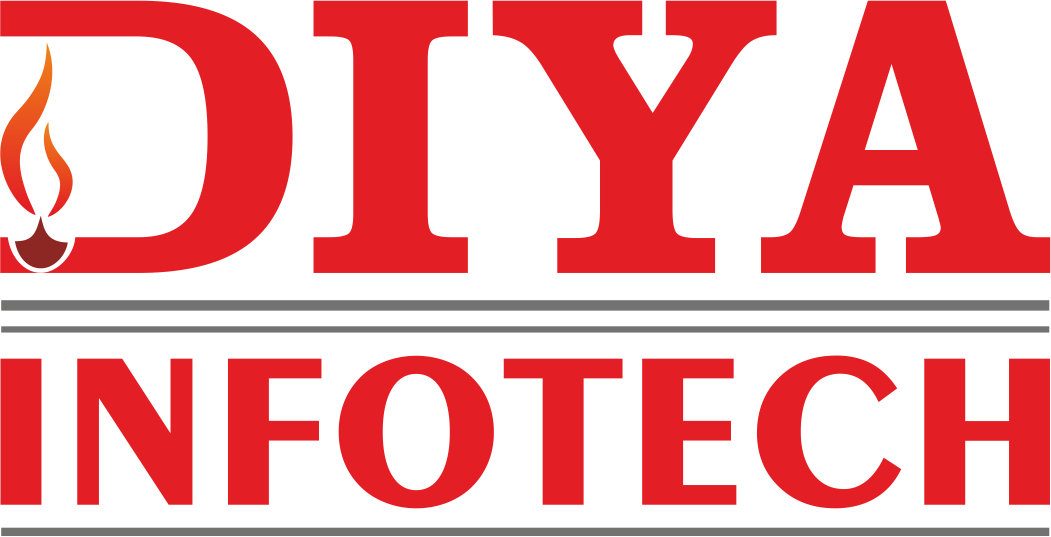Remote access refers to the ability to connect to and use a computer or network from a location other than the physical location of the device. This is typically achieved through the use of communication technologies such as the internet. Remote access allows users to access and control a computer or network as if they were physically present at the location.
There are various methods for remote access, including:
- Virtual Private Networks (VPNs): A VPN establishes a secure and encrypted connection over the internet, allowing users to access a private network remotely. This is commonly used by employees to connect to their company’s internal network from outside the office.
- Remote Desktop Software: This software enables users to view and control the desktop of a remote computer. Examples include Microsoft’s Remote Desktop Protocol (RDP), TeamViewer, and VNC (Virtual Network Computing).
- SSH (Secure Shell): SSH is a network protocol that allows secure access to a remote computer. It is commonly used for command-line access and file transfers.
- Cloud-based Services: Many cloud services enable remote access to files, applications, and even entire virtual desktops. Examples include Google Workspace, Microsoft 365, and various cloud-based development environments.
Remote access is widely used for various purposes, such as telecommuting, IT support, system administration, and accessing files or applications stored on remote servers. While it provides convenience, security considerations are crucial to protect the remote connection from unauthorized access or data breaches. Encryption, secure authentication methods, and regular security updates are essential components of a secure remote access setup.
